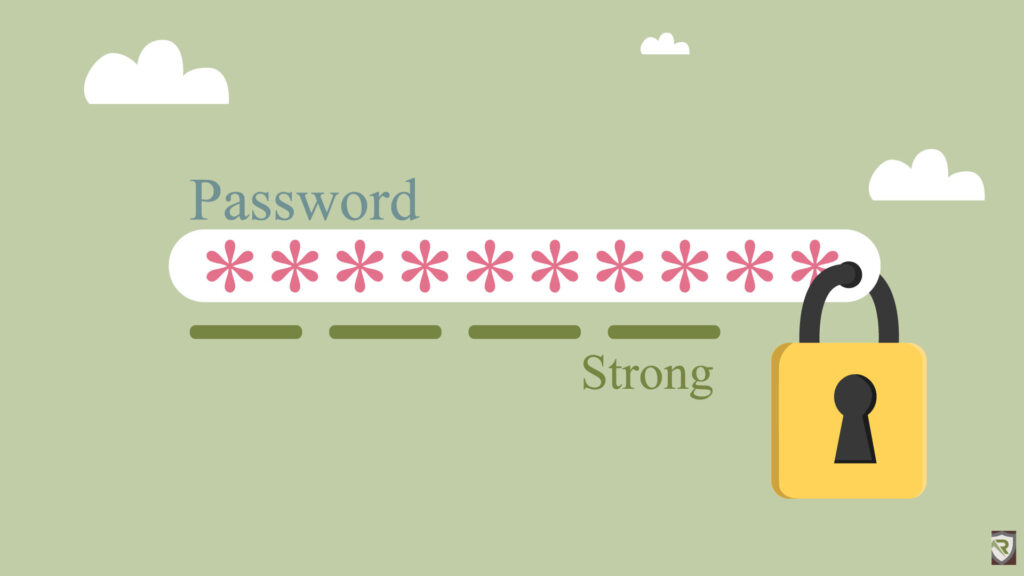Imagine this: One weak password could be all it takes for a hacker to walk right into your systems, no fancy malware, no sophisticated exploit, just a simple guess. That’s why passwords remain one of the most critical (and vulnerable) parts of your security defenses.
If your organization is working toward SOC 2 compliance, a strong password policy isn’t just smart, it’s required. In this guide, we’ll break down what makes a SOC 2-compliant password policy, why it matters, and share a template you can use to strengthen your security from day one.
Understanding SOC 2 Password Requirements
The SOC 2 framework does not prescribe specific technical password rules, such as “passwords must be 12 characters long.” Instead, it emphasizes the Security Trust Services Criteria (TSC), which requires organizations to implement effective controls to prevent unauthorized access. A SOC 2 audit evaluates whether your company’s SOC 2 password policy is not only documented but also properly enforced. Auditors look for evidence that your controls align with industry best practices, including guidelines from the National Institute of Standards and Technology (NIST)
Key controls auditors focus on include:
- Password Complexity and Length: Passwords should be long and hard to guess. NIST now prioritizes length over forced complexity, recommending a minimum of 12–16 characters. While using a mix of character types is still encouraged, overly complex rules can create predictable patterns that attackers can exploit.
- Password Expiration and Reuse: Policies should prevent the reuse of old passwords. Frequent password changes (e.g., every 90 days) were once standard, but NIST now advises changing passwords only after a suspected compromise.
- Account Lockout: Systems should automatically lock accounts after a limited number of failed login attempts (typically 3–5) to protect against brute-force attacks.
- Secure Storage: Passwords must never be stored in plain text. Use strong cryptographic hashing algorithms to ensure they remain secure.
Multi-Factor Authentication (MFA): MFA provides a critical second layer of verification, such as a code from an authenticator app, a fingerprint, or a physical token, making it significantly harder for attackers to use stolen credentials.
Understanding SOC 2 Password Requirements
A well-crafted SOC 2 password policy is a foundational document that helps organizations protect sensitive data and comply with auditing standards. Use the following template to create a policy that is effective, enforceable, and SOC 2-compliant.
- Purpose and Scope
- Purpose: Establish standards for creating and protecting passwords to prevent unauthorized access to company systems and data.
- Scope: Applies to all employees, contractors, and third parties with access to company networks, applications, and data. Covers both company-owned and personal devices used for business purposes.
- Password Creation Requirements
- Length: Passwords must be at least 12 characters. Longer passwords (16+ characters) are highly recommended.
- Complexity: Passwords should include at least three of the following: uppercase letters, lowercase letters, numbers, and special characters.
- Uniqueness: Each password must be unique to the user account. Common passwords (e.g., “password,” “123456”), or any use of the user’s or company’s name, are prohibited.
- Passphrases: Users are encouraged to create passphrases, longer, memorable sequences (e.g., “Correct! Horse! Battery! Staple!”).
- Password Management and Protection
- No Sharing: Passwords must never be shared.
- Secure Storage: Do not write down passwords or store them in unsecured files.
- Password Managers: Approved password managers are recommended to create, store, and manage strong, unique passwords for each account.
- Immediate Change: Change passwords immediately if compromise is suspected.
- Technical and System Requirements
- Account Lockout: Accounts lock after five failed login attempts to prevent brute-force attacks.
- Multi-Factor Authentication (MFA): Required for network access, privileged accounts, and applications containing sensitive data.
- Password History: Systems prevent reuse of the last 10 passwords.
- Secure Transmission: Passwords must be transmitted securely, never in plain text.
- Secure Storage: All stored passwords must be hashed and salted using strong cryptographic algorithms.
5. Non-Compliance
Violations of this policy may result in disciplinary action, up to and including termination of employment.
Summary:
A strong SOC 2 password policy is a foundational security control that safeguards an organization’s systems and sensitive data. It is also a critical component of any SOC 2 audit. While SOC 2 does not mandate specific technical rules, it requires organizations to maintain a documented policy that follows industry best practices and can be demonstrated as effective.
To meet SOC 2 audit requirements, your password policy should include essential controls such as:
- Password Length and Complexity: Follow modern best practices by using passwords of 12–16 characters or longer, prioritizing length over forced complexity.
- Account Lockout: Configure systems to lock accounts after a set number of failed login attempts to prevent brute-force attacks.
- Secure Storage: Never store passwords in plain text; always protect them using strong cryptographic hashing.
- Multi-Factor Authentication (MFA): MFA provides a critical second layer of verification, significantly enhancing account security.
A SOC 2 auditor does more than review your policy, they will test its enforcement across all IT systems. By implementing a formal, well-documented SOC 2 password policy and having clear processes to prove its effectiveness, your organization can demonstrate its commitment to protecting sensitive data and confidently pass a SOC 2 audit.
Need help accelerating your SOC 2 Password Policy ?
Fill the form below and we’ll be in touch.



